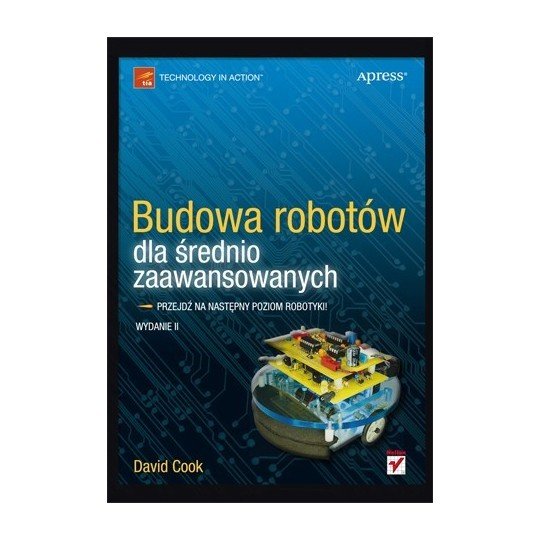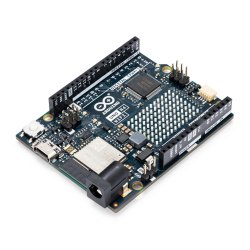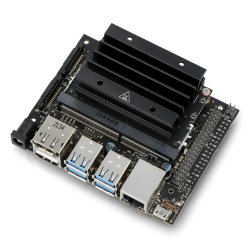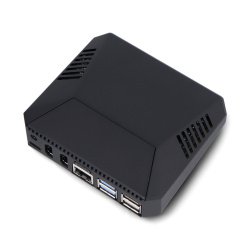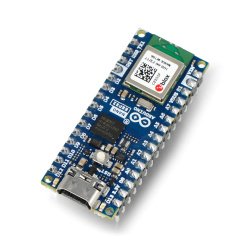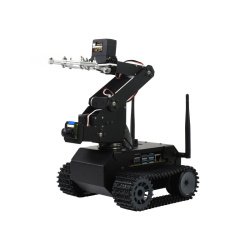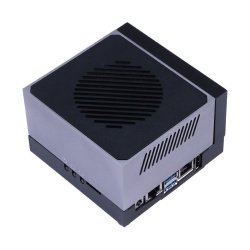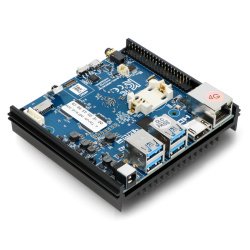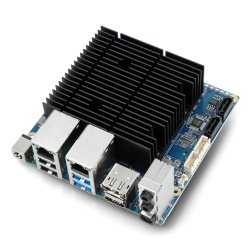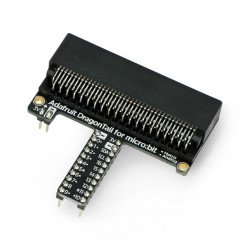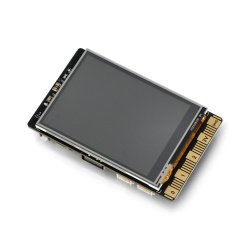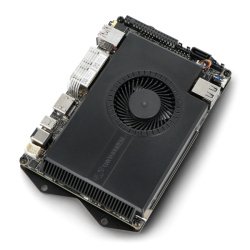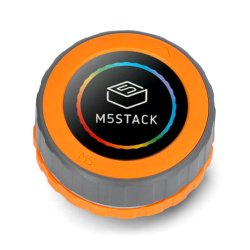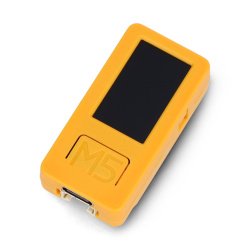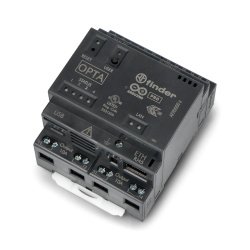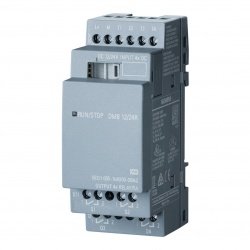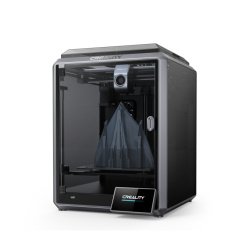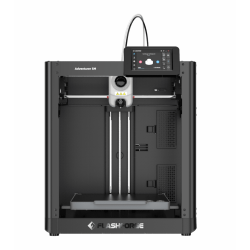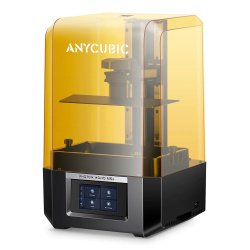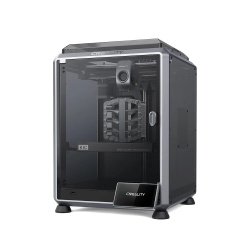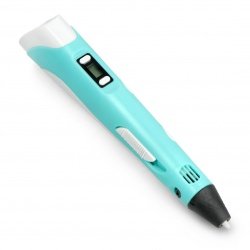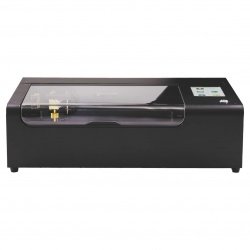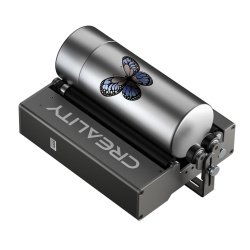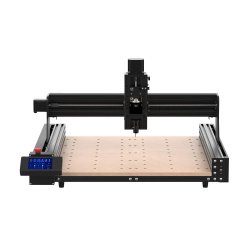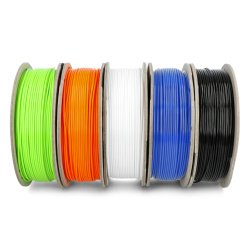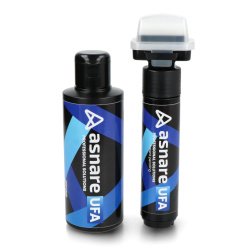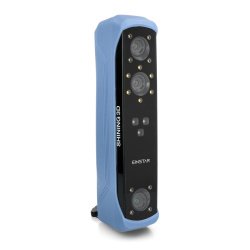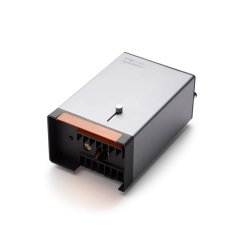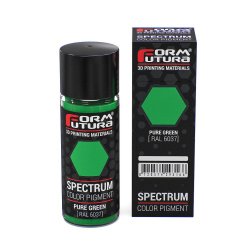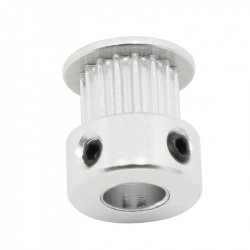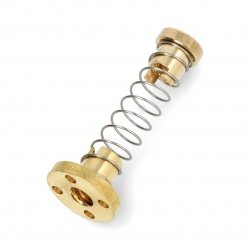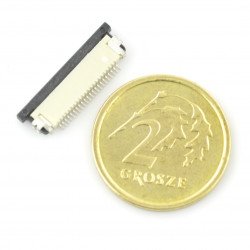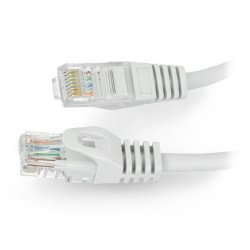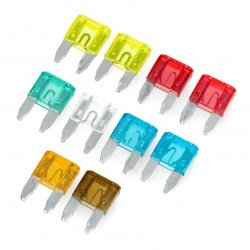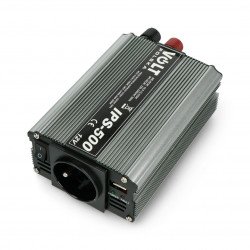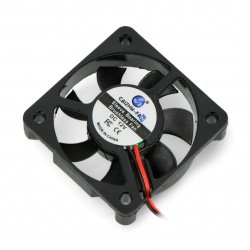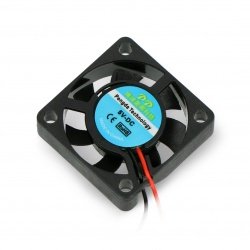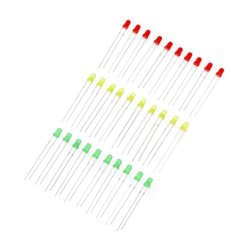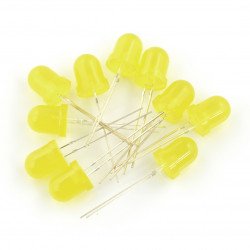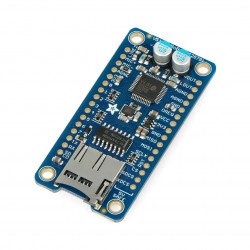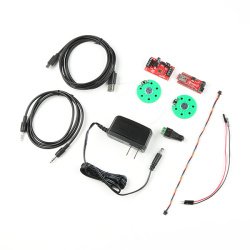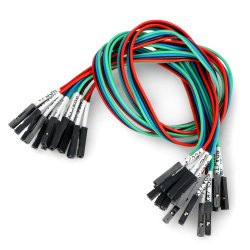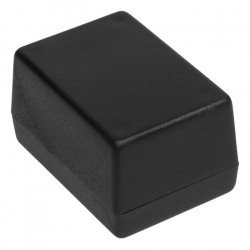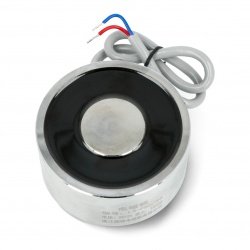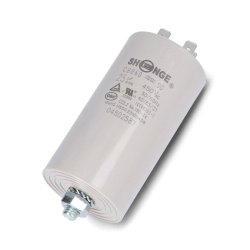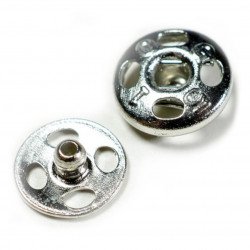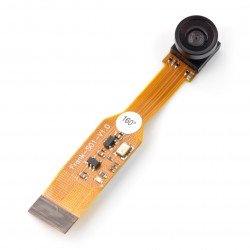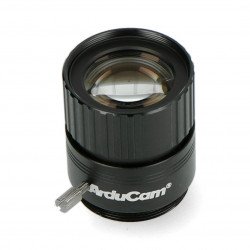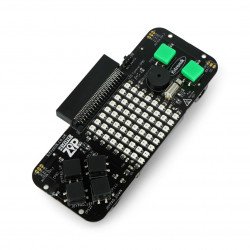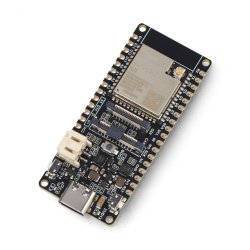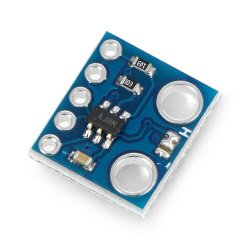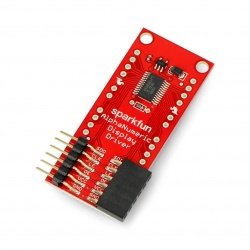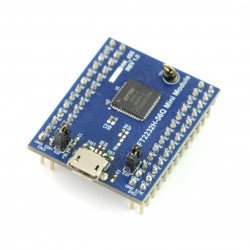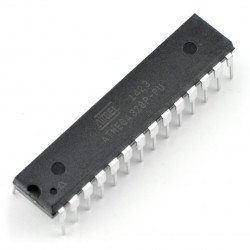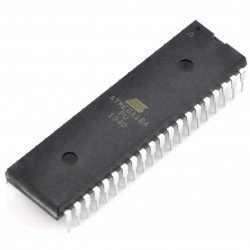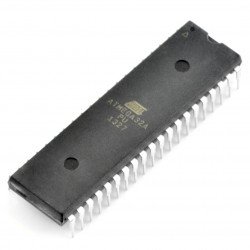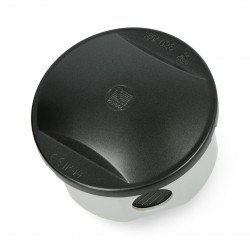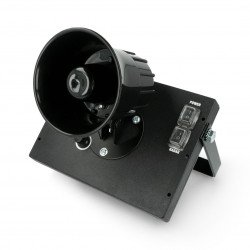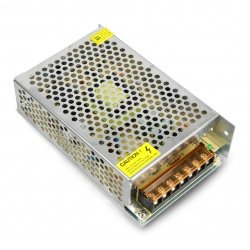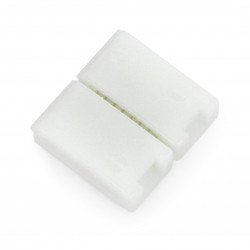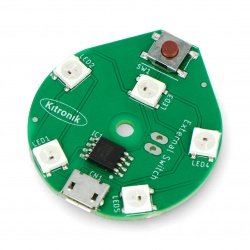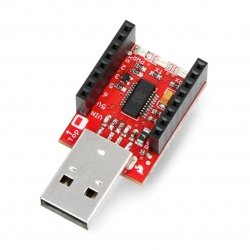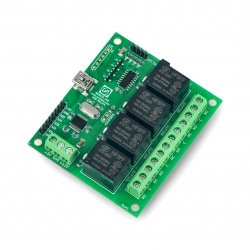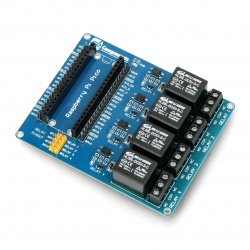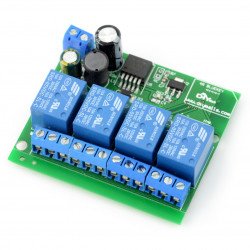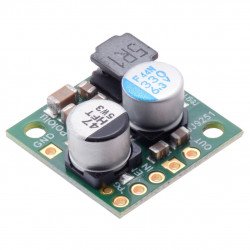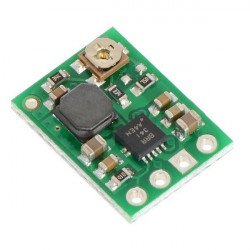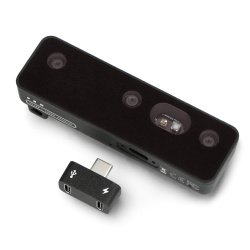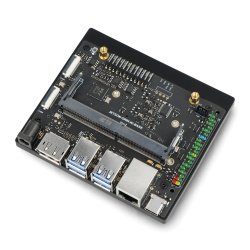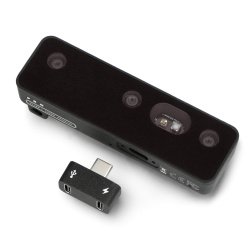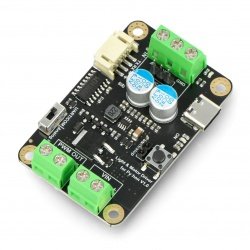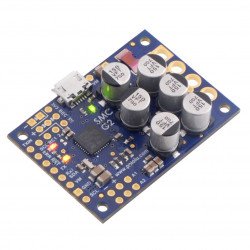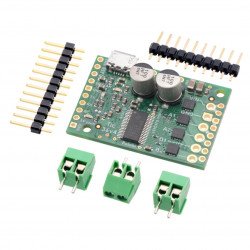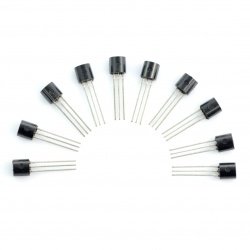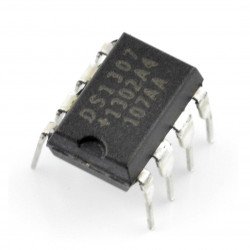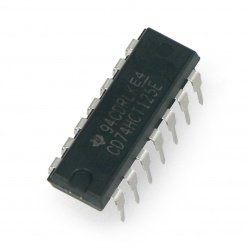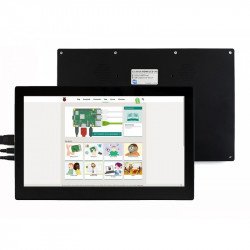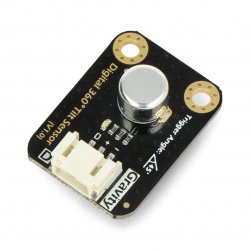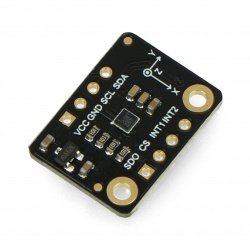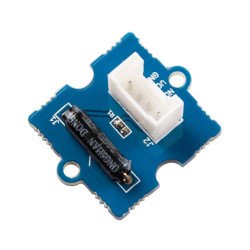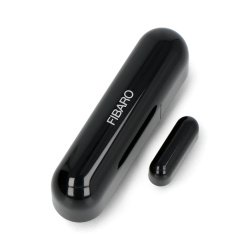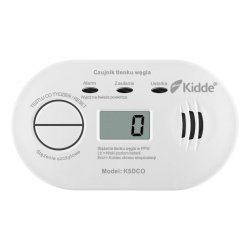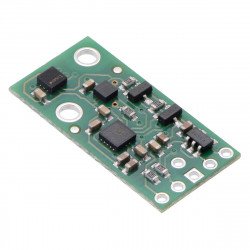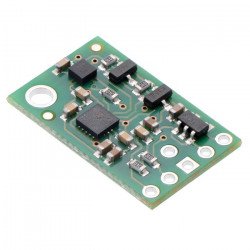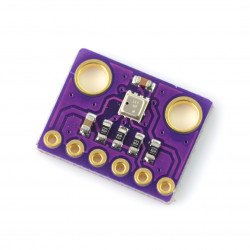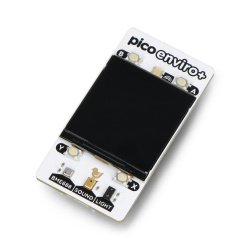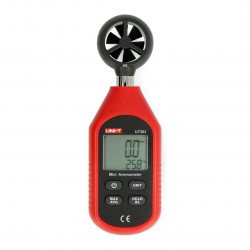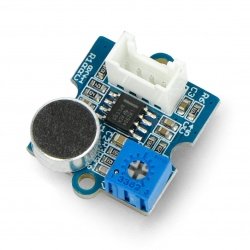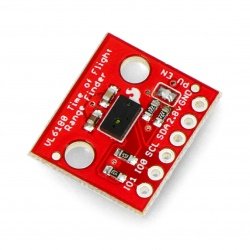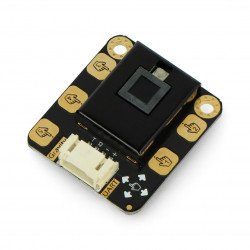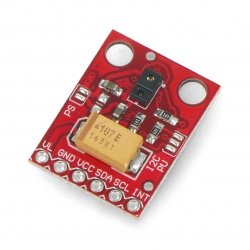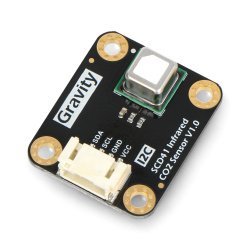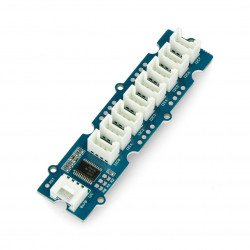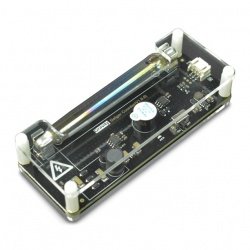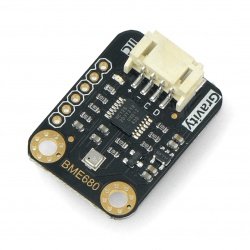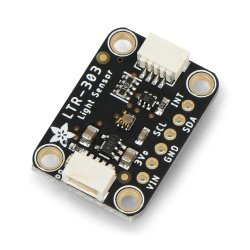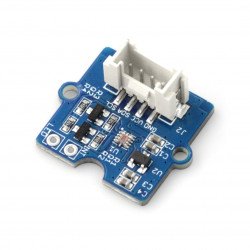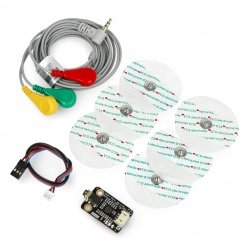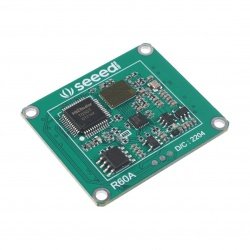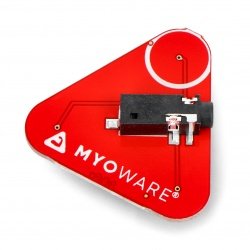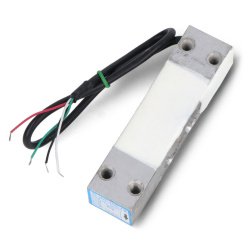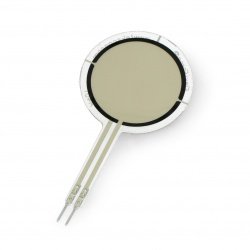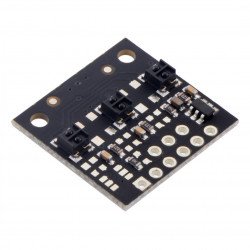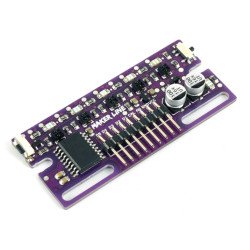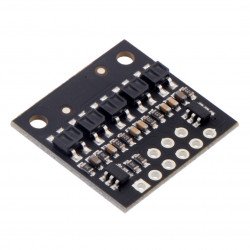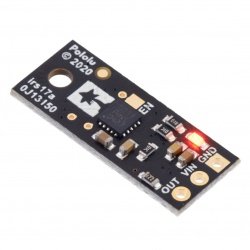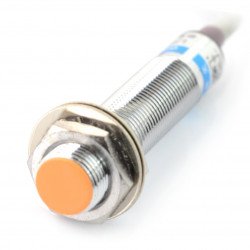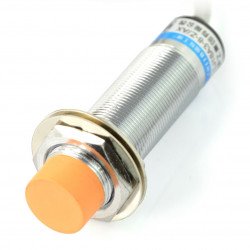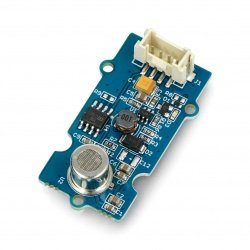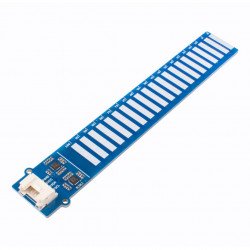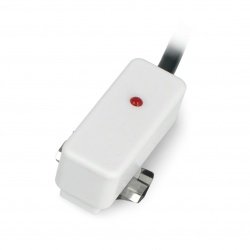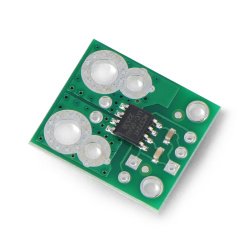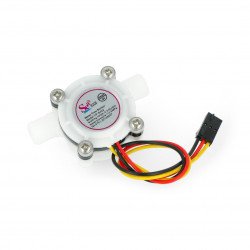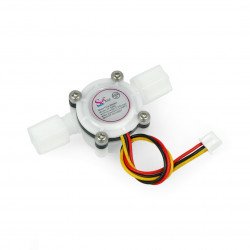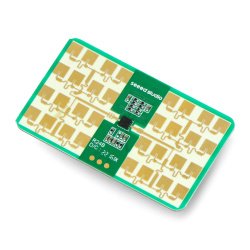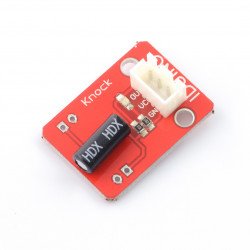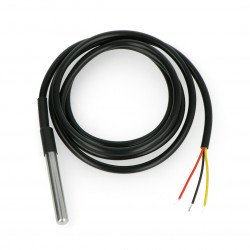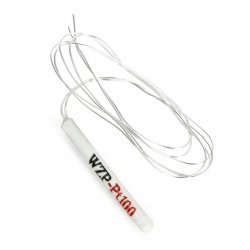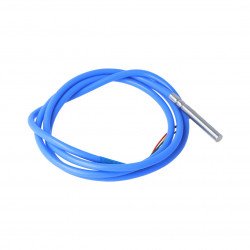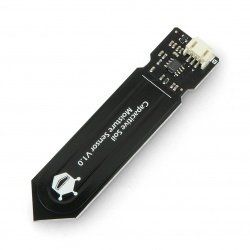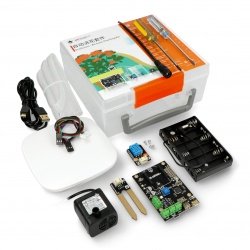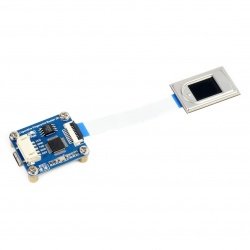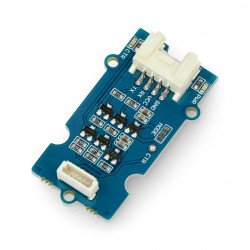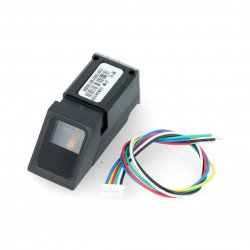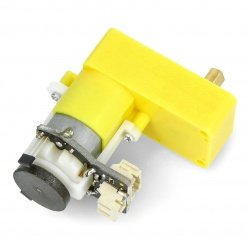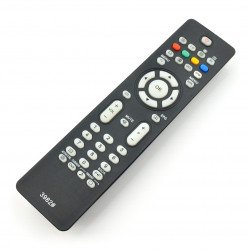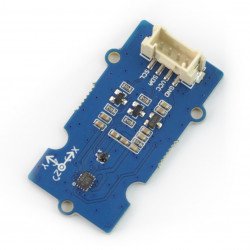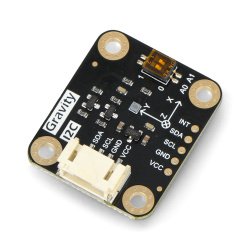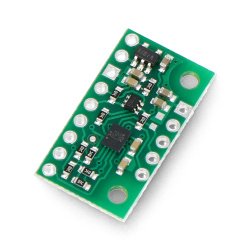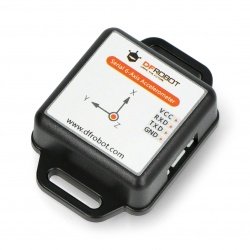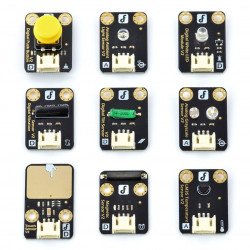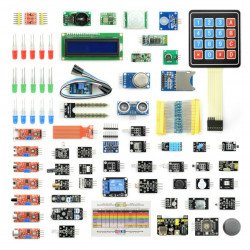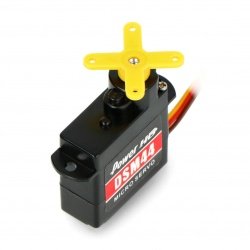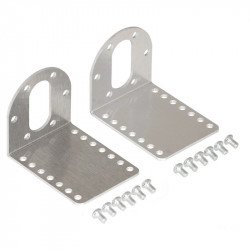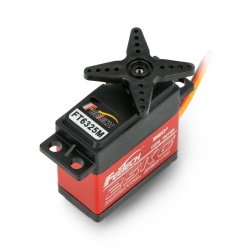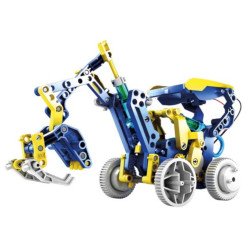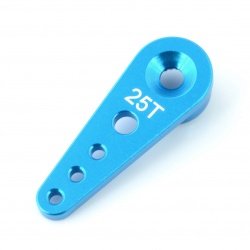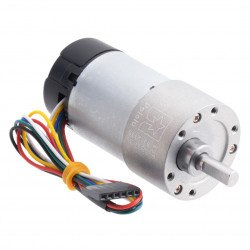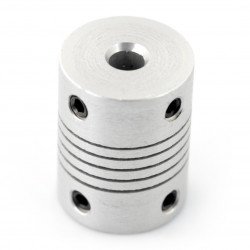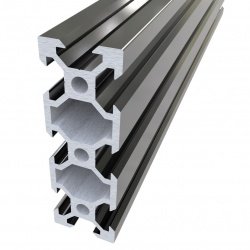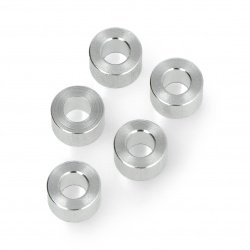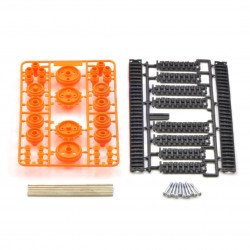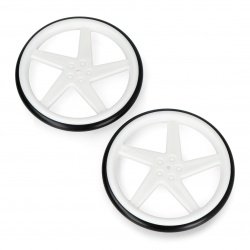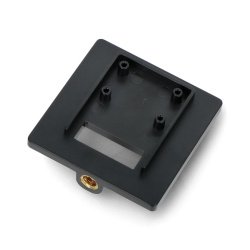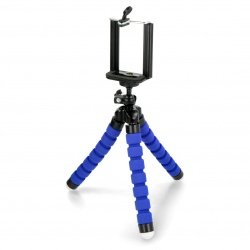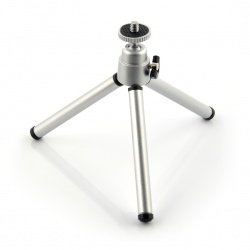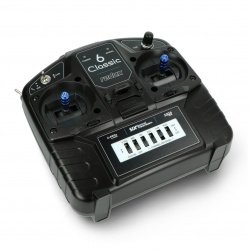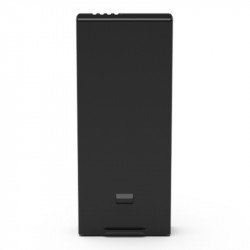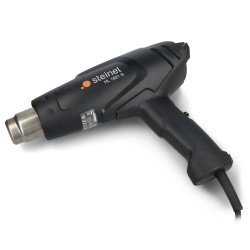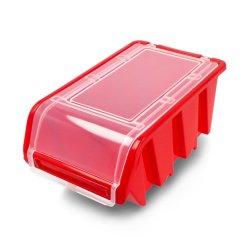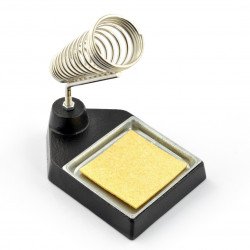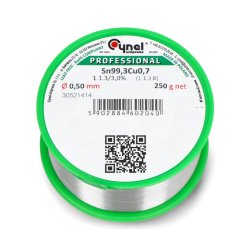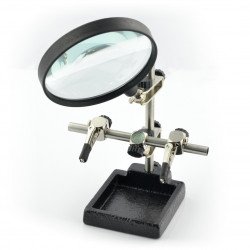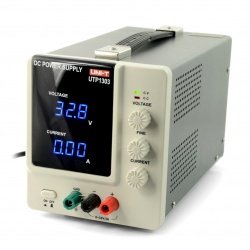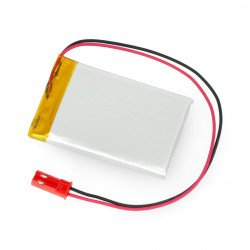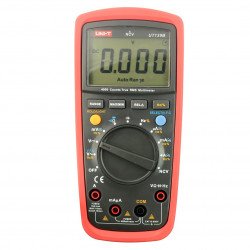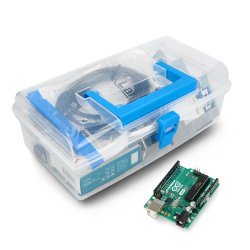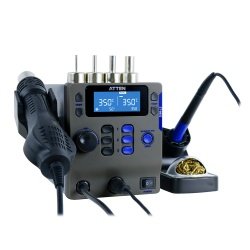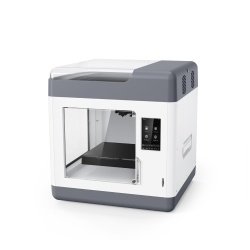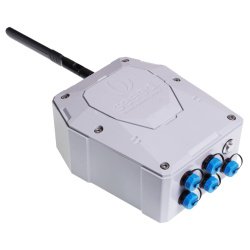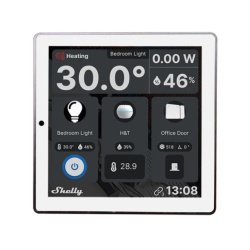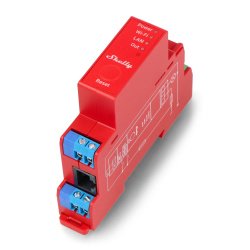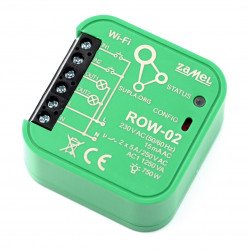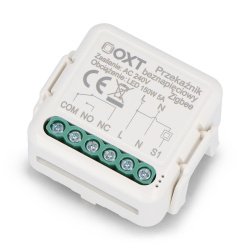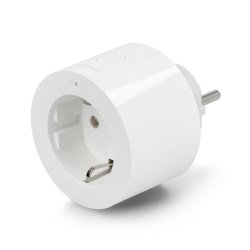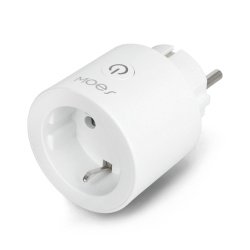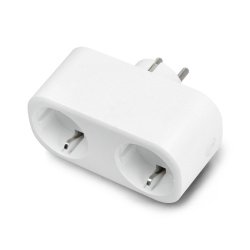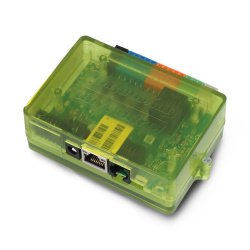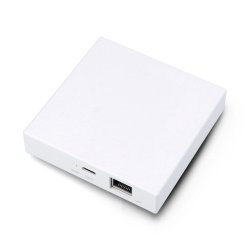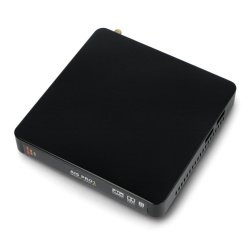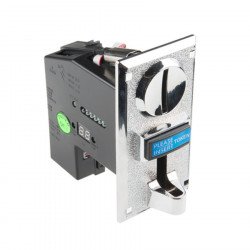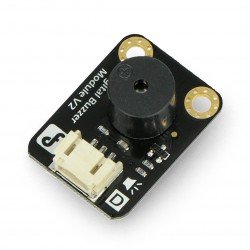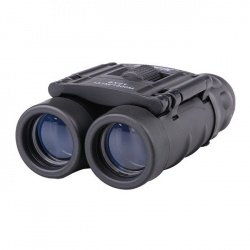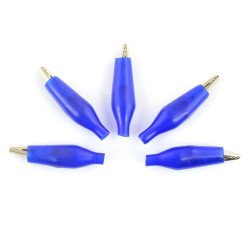The contents
About the author (11)
About to adjust their sound value (13)
Thanks (15)
Introduction (17)
- Who is this book for? (17)
- Prerequisites (17)
- Would it not be better for You to LEGO MINDSTORMS? (19)
- If will not be best for You, robots, BEAM? (19)
- There is no diagram of a remotely controlled killer robots (19)
- Offers parts (19)
- Safety rules (20)
- Preference to the metric system (20)
- Updates and news (20)
Chapter 1. To build a modular robot (21)
- The building modules (21)
- To build a Carousel or not? (22)
- Organization of chapters (22)
- Familiarization with machining (23)
- The garage equipment (23)
- Miniature milling machine (24)
- Putting it all together (27)
- Grouping of mechanical parts (27)
- Grouping of separate electronic modules (28)
- Installation and testing of the robot (28)
- Use the details and techniques in other works (28)
Chapter 2. Comparison of two types of self-fulfilled connectors of the engine, and also common errors (31)
- A comparison of two technologies for the production of fasteners (32)
- An overview of telescopic fasteners (32)
- Compare telescopic fasteners with elements of stem (33)
- The expected results of the drilling of the holes in the connector line, as well as common mistakes and their consequences (33)
- The connection hole for screw installation screw hole on the motor shaft (34)
- The alignment of angles and measures of the holes (35)
- Ready for implementation of the fastener of the rod? (38)
Chapter 3. Execution of the holder or drilling holes in the studs for the fastener (39)
- Equipment tools and parts (39)
- Preparation of pieces of terminals on the relay (40)
- Measurement of the motor shaft and the axis (40)
- The choice of the rod to the channel (40)
- Trim the stems to the desired length (42)
- The alignment of the ends of the connecting parts (43)
- Defer stub rods (45)
- Performing mount bracket (45)
- Cutting unit bracket mount (46)
- Drilling the holes for the bolt installation bolts (47)
- Cutting the hole for the bolt installation bolts (48)
- Drilling holes on the rod of the bracket into the holder (49)
- The use of the holder (54)
- The increase in narrow holes (54)
- Adding a screw in the holder bracket (54)
- Changing the position of the holder bracket (55)
- Drilling holes in the connecting line of the holes on the motor shaft and LEGO axle (55)
- Change the drill, not the rods (57)
- Finishing work - mixing tips (58)
- Check progress in the implementation of the bracket (58)
Chapter 4. We finish implementation of the engine bracket from a bar (59)
- Mounting screw bracket (59)
- Determining the position of the screw bracket (59)
- Drilling holes in the connecting line of the holes to screw the mounting bolts (60)
- Cutting the hole for the bolt mounting bracket bolts (61)
- The choice of screw (62)
- Add axis LEGO (63)
- The result (65)
Chapter 5. Mounting the engine inside the wheel (67)
- Attention! Danger! The curved shaft on the horizon (68)
- The right drive with prop (68)
- The implementation of the hub bracket (69)
- Setting the outer diameter of the motor shaft and the inner diameter of the wheel LEGO (69)
- Begin from the stem of bracket (71)
- Performing internal and external hard disks, adapter hub (72)
- Training hubs LEGO (82)
- Fitting and bonding parts (85)
- Summary (87)
Chapter 6. The standards used in electronics and preparation for experiments (89)
- Reading schemes (89)
- Connecting the wires (90)
- Selection of parts (90)
- The definition of the elements (92)
- Determination of the power source (96)
- The use of the plate contact (97)
- Select the contact plate (98)
- Install the contact plate (98)
- Oscylogramy (102)
- The use of modern electronics (103)
- To cross the barriers experience curve (103)
- Avoiding obsolete technology (103)
- The use of surface-mount components (103)
- Total (106)
Chapter 7. The design of the power supply with a linear voltage regulator (107)
- Voltage stabilizers (107)
- Power supplies with linear voltage regulator (108)
- Voltage regulator 7805 (108)
- Improving the quality of supply by reducing the minimum required voltage niestabilizowanego (113)
- Other important features of linear voltage regulators (122)
- Changes in the market limit the choice of linear voltage regulators 5 V (126)
- Course on optimization (126)
Chapter 8. The improvement in the nutritional status of the robot (129)
- The use of input and output buffer capacitors (130)
- Increase the duration of battery life using the buffer capacitors (131)
- Slow shutdown due to the use of buffer capacitors (131)
- Use the DPDT switch to reduce off time (132)
- Selection of the buffer capacitors (133)
- The increase in the security margin for capacitors tantalowych (134)
- Kondensatorowe spells (134)
- The use of capacitors that block (135)
- Reduction long way to a power source (136)
- Insulation noise on any source (137)
- The selection of capacitors that block/odsprzęgających (137)
- Protection from damage caused by short circuit and overvoltage (137)
- The decision whether the overcurrent protection (137)
- The security guard topikowego (138)
- Protection with automatic circuit breaker (138)
- Protect robots from short circuit and overloads by using a semiconductor, samoresetujących themselves fuse the polymer (139)
- Preventing damage due to overvoltage in stable circuit (142)
- Led Zener Diode (142)
- The use of Zener diodes to short-circuit the power supply in case of overvoltage (143)
- The choice of a suitable breakdown voltage (145)
- Buy Zener diodes (145)
- Complete reliable power source (145)
Chapter 9. Engine management (147)
- Why do we need a motor driver? (147)
- Shipping to motors high voltage than to provide a logical layout (148)
- Providing more current than it can provide system logic (148)
- Logical errors caused by noise generated by the motor (148)
- The power of the engine of the chain niestabilizowanego against stable (149)
- Four modes of operation of the engine (149)
- Rotation in accordance with the direction of movement of hour hands (150)
- Opposite counterclockwise rotation (151)
- Revs freely (slow speed decrease) (151)
- Braking (abrupt speed reduction) (151)
- Simple operation with a single transistor (152)
- Diagram of the motor driver with one NPN transistor bipolarnym (153)
- The construction of the control circuit of the engine with one bipolarnym NPN transistor (156)
- Diagram of the motor driver with one transistor bipolarnym PNP (157)
- The construction of the control circuit of the motor with a single PNP transistor bipolarnym (158)
- Connect the NPN and PNP driver (159)
- The construction of the control circuit of motor wiring NPN and PNP (159)
- Avoiding short-circuit (160)
- Classic bipolar H bridge (161)
- Rotation in accordance with the direction of movement clockwise, with the use of the bridge H (162)
- Opposite counterclockwise rotation with the use of the bridge H (162)
- Slowing down using auxiliary electronic bridge H (162)
- Inhibition of high voltage (164)
- Revs freely through the bridge H (165)
- Other combinations of the sternum H (165)
- Building a classic bipolar H bridge (166)
- Site management with high voltage (167)
- Avoiding conversion levels due to failure of the power supply stabilization of logic circuits (167)
- The failure of the interface due to the power from the H bridge voltage regulated (168)
- The interface using PNP NPN (168)
- Use a unified interface (171)
- Control engine (173)
Chapter 10. Motor control - a second round (175)
- The motor control using MOSFET (175)
- Diagram of the motor driver with a single transistor power MOSFET n channel (176)
- Supply default voltage using a resistor (178)
- The feeding circuit of the engine control with a single power MOSFET transistor with channel n on a resistor to lower (182)
- The construction of the control circuit of the engine with one power MOSFET transistor with channel n, and the resistor reduces (183)
- Diagram of the motor driver with one transistor-power MOS transistor with channel p (184)
- The construction of the control circuit of the motor with a single transistor-power MOS transistor with channel p (184)
- The H bridge of power transistors MOSFET (185)
- Selection of power transistors, MOSFET (191)
- Control of the motors using integrated circuits (195)
- Dreams of the ideal (195)
- Application system family 4427 as a standalone engine control unit (196)
- The use of classic bipolar H bridge in the chip (199)
- MC33887 - advanced motor driver with H bridge MOSFET (201)
- Assessment of the drivers of the motors (207)
- Assessment of efficiency of DC motor driver (208)
- Evaluation of the effectiveness of the drivers of the motors (210)
- Total (212)
Chapter 11. The creation of a regulatory infra-red detector of obstacles, enemies, and walls (213)
- Detection modulowanej wave podczerwonej using the popular module, or some other reason the purchase of the remote control (214)
- System Panasonic PNA4602M (214)
- Plug-in system Panasonic PNA4602M (215)
- Testing the Panasonic PNA4602M (215)
- The extension chain protection on indicator (217)
- Add layout 74AC14 inverter to control the led (218)
- An overview diagram of the indicator (218)
- We're closing detection system of the reflected wave (221)
- An overview of the full schema of detector failures (221)
- The construction of a detector failure on the circuit Board contact (222)
- Commissioning (228)
Chapter 12. Configure the detector failure (229)
- Setting of 38 kHz (229)
- The choice of mid-range between the beginning and the end of the reaction to the reflected wave (230)
- Using the multimeter mode frequency (233)
- The use of the oscilloscope (233)
- The reasons for the use of the inverter inputs schmitta located (234)
- Diagnosing problems in circuits processed (234)
- Limitation of detector failures (236)
- The absence of the action outdoors or in bright light (236)
- The inability to detect certain types of objects (237)
- The inability to detect distant or very close objects (237)
- The inability to measure the distance (240)
- You are ready to create the robot (240)
Chapter 13. Robot Rondo (241)
- Robot Rondo (242)
- Look at the robot Rondo of the parties (242)
- Rondo at the top and bottom (243)
- Electronic circuits robot "Rondo" (243)
- The execution of the robot body "Rondo" (248)
- Problems with the availability of engines with gearboxes (248)
- Desirable characteristics of a robot (250)
- The design of the robot body (250)
- The construction of the Central platform for robot Rondo (255)
- The mechanism of the engines of the robot Rondo (256)
- Selection of stars LEGO (259)
- The achievement of the physical limitations of moving parts LEGO (262)
- The execution of the handles on the motors of the robot, Rondo (262)
- Summary the construction work, "Rondo" (272)
Chapter 14. Test drive robot "Rondo" (273)
- Preparation for test drive (273)
- Configuration of all elements, adjustable in the middle or safe position (273)
- Testing modules one by one (274)
- Measurement of impedance of the circuit (274)
- The location of manufacturing jobs (276)
- Check voltage and polarity of the battery (276)
- Control input current at moment of switching circuits (277)
- Preparing the robot and correcting minor mistakes (278)
- Configure failure detector operating in the infrared (278)
- Switches from the LEDs (278)
- Check sensors (278)
- The connection of the motor (279)
- Performance evaluation of the robot "Rondo" (279)
- Problems encountered during the test-drive (279)
- Testing of all maneuvers the robot (282)
- Tasks for the robot "Rondo" (283)
- I'm stuck (285)
- The walk of a drunkard (285)
- Walking robot "Rondo" (286)
- Reducing ambiguity detection (287)
Chapter 15. I would like to have a brain (293)
- Sample Atmel ATtiny84 (293)
- To compare the microcontroller with the system logically (294)
- The choice of logic instead of a microcontroller (294)
- The choice of microcontroller instead of logic (295)
- Microcontroller programming (296)
- Conservation programs (296)
- Define program size (296)
- Writing programs (297)
- Work without use .NET (297)
- Compiling and loading a program (298)
- Debug programs (298)
- An overview of the General features of microcontrollers (302)
- Case of microcontrollers (303)
- The pins of the microcontroller (303)
- The memory of the microcontroller (309)
- The size of the user of the microcontroller (311)
- The complexity of instructions of the microcontroller (311)
- The speed of the microcontroller (312)
- Special timers control (315)
- The module that controls for low voltage (315)
- The choice of microcontroller (316)
- I don't have enough... (316)
- Recommendation 8-bit Atmel AVR (317)
- Recommendation set the Parallax Basic Stamp (317)
- Just ask (318)
- Upgrading robot (318)
Chapter 16. The construction of the card extension for the robot "Rondo" (319)
- Conversion configuration dwupiętrową (319)
- Connection connector DIP (321)
- Problems with access to the motherboard (328)
- Shielding of detectors reflection infrared (330)
- Capture signals - meet the new boss (331)
- Preservation of useful functions (331)
- Redirection of signals detection IR (331)
- Detection and interruption the stop state (332)
- The forwarding engines and bipolar elements (332)
- To provide (almost) complete control (332)
- Extension of range of functions (333)
- An overview of the findings of the microcontroller (333)
- Power microcontroller (333)
- Detection of walls and obstacles (334)
- Managing motors and LEDs dwukolorowymi (334)
- Management dwukolorowymi LEDs (334)
- Reading the button state (335)
- Sharing options via DIP switch (337)
- Making music (338)
- The rest of the findings available for expansion (339)
- Improving the quality of the robot (340)
Chapter 17. We add the module's sensor floor (341)
- The definition of brightness by using fotorezystora (341)
- Converting the variable resistance into a variable voltage using a voltage divider (342)
- Fotorezystora response is nonlinear (345)
- The definition of the spread between the fotorezystorami (347)
- The speed of the rising and falling of the resistance (348)
- Repeated use of resistant circuit read-brightness (348)
- The definition of brightness by using photodiodes (348)
- Detection of the reflection from the floor (349)
- Construction of detection system reflections from the floor (350)
- The following line (355)
- Auto-sensing brightness of the line (355)
- Reads the value of the floor sensor (356)
- Inverting the value of the sensor (356)
- Follow the dark lines (356)
- Centering dark lines (357)
- Improving the quality of the algorithm follow the line (357)
- Robot competition-sumo (357)
- Adaptation of the robot's "Rondo" for the competition "sumo" (358)
- Change strategies using DIP switches (359)
- Growing opportunities (359)
Chapter 18. We are preparing a stew of the robot (361)
- Music creation (361)
- Circuit sound (362)
- Building the circuit sound (362)
- Adjustment of sound strength (362)
- The speaker control (363)
- Sample sound (364)
- Playback notes (365)
- Music playback (365)
- Scaling up (367)
- Creating a dual-platform (367)
- Improved movement of the robot (367)
- Providing spacing between the platforms with a home-made sleeve (368)
- Cracks on wheels (369)
- Relying on both ends of the axle (369)
- Installation of the motors (370)
- Mounting using gon (370)
- Space-saving due to the use of the reducer, perpendicular (373)
- Adaptation of the motor shaft of small diameter and built-in holder compatible with LEGO standards (374)
- The study of water (378)
- The choice of wheels for a smoother ride (378)
- Obstacle detection (379)
- Instant entrance in the shoes of a robot (382)
- Adding to the robot wireless camera video (383)
- Study areas with wireless video (384)
- Look at yourself in the short video (384)
- Thank you (384)
Addition. Sources in the Internet (385)
Reference (387) |
